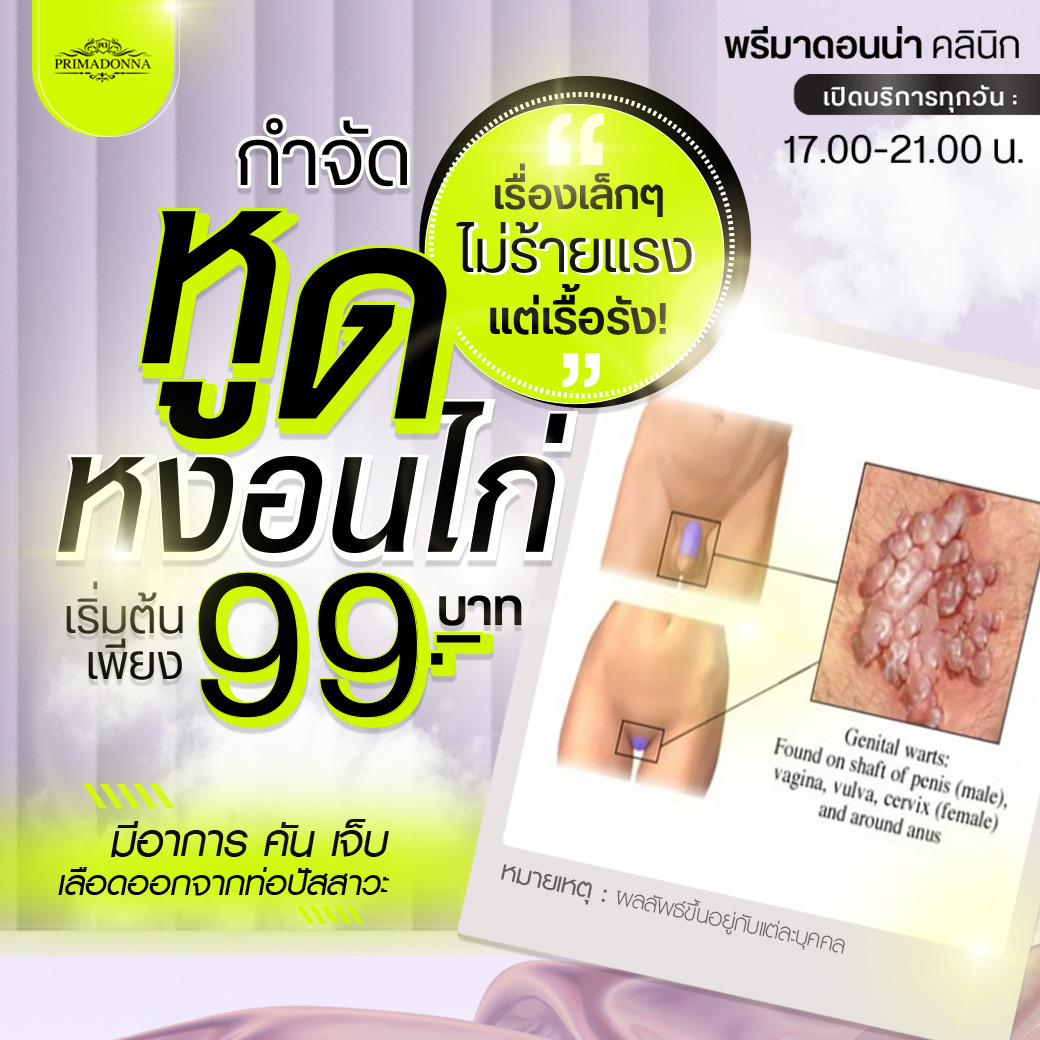
Melasma Treatment
Melasma Treatment
Melasma are black or light brown patches appearing on the forehead, chin, upper cheeks and lips of both males and females aged between 25 to 55 years.
Causes of Melasma
1. Hormonal Melasma – due to high levels of estrogen including the secretion of hormones during pregnancy and from the adrenal gland, the melanocytes in the skin layer abnormally produce melanin and is pushed towards the surface of the skin. The skin colour of an individual begins to change due to the effects of skin pigmentation disorders, causing melasma and the stimulation of skin darkening to appear.
2. Directly or Frequently Exposed to UVA or UVB – an individual’s skin becomes darker in colour due to the increased production in and stimulation of pigment cells in the skin.
3. Cosmetic Application – preservatives, lead, mercury, chemical substances and bleaching cream may increase the cause of melasma. There are substances in cosmetic products that causes the development of skin irritability and allergies to occur after the continuous use in these unnatural applications. Perfume or colour residue in the use of cosmetics can be accumulated underneath the skin and affect the skin colour, creating brown spots, which in turn develops into a melasma.
Laser for melasma removal in Chiangmai Melasma is a common and persistent disorder of hyperpigmentation that affects a significant portion of the population, affecting mainly women. It is often a therapeutically challenging disorder. Physical therapies such as chemical peels, dermabrasion, lasers, and intense pulsed light have also been used with varying degrees of success and side effects. Dark circles eyes, also known as periorbital hyperpigmentation, are a common condition that occurs in both sexes with an increasing frequency in females. Aesthetic treatments include microdermabrasion, chemical peels, lasers, radiofrequency, injectable fillers, surgery, fat transfer, and lightening topical products. Clinical signs of photoaging include coarse skin texture, irregular pigmentation, and laxity of skin tone, as well as the appearance of fine lines and wrinkles. Diverse treatment modalities have been used to improve skin wrinkling and laxity, including chemical peeling, soft tissue filler, laser ablation, and facelift surgery. Lasers have revolutionized the treatment of many dermatological conditions. Different types of lasers can be indicated for pigmentary disorders. Recently, Q-switched lasers arose as a successful application in melasma, dark circles eyes, and photorejuvenation due to its low fluence, short pulse, and specific wavelength.




